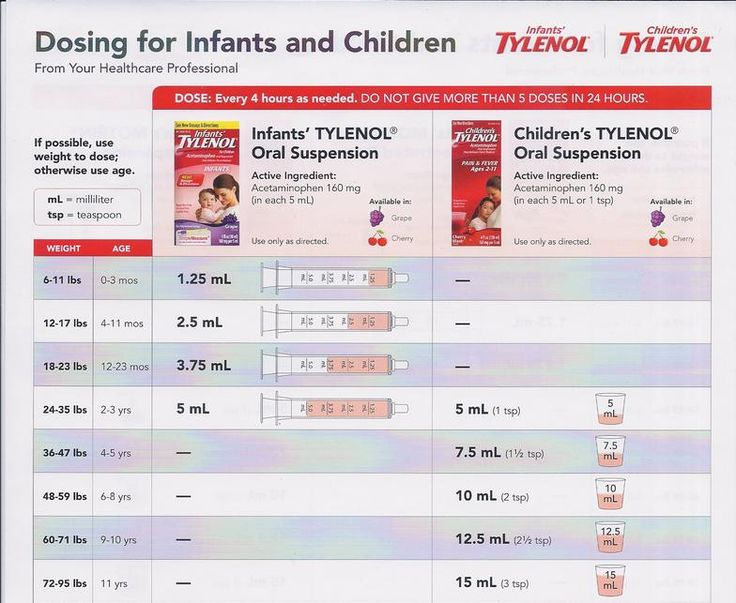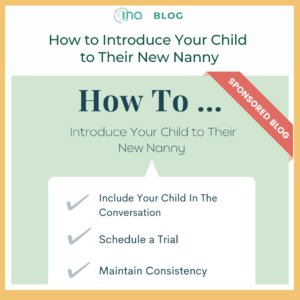How To Teach A Baby Sign Language: A Comprehensive Guide
Teaching a baby sign language is a wonderful way to enhance communication between parents and their little ones. Not only does it help babies express their needs and feelings before they can speak, but it also strengthens the parent-child bond. In this article, we will delve into the details of how to effectively teach a baby sign language and why it is beneficial for both parents and babies.
Knowledge
Before diving into the practical aspects of teaching baby sign language, it’s important to understand the basics. Baby sign language involves using simple gestures or signs to communicate with infants before they have developed the ability to speak. Research has shown that babies as young as six months old can learn and use sign language to express their needs, such as hunger, thirst, or tiredness.
When introducing baby sign language, consistency is key. Choose a few basic signs to start with, such as “more,” “milk,” “eat,” and “all done.” Use these signs consistently in everyday interactions with your baby, such as during feeding times or diaper changes. Repetition is crucial for babies to learn and remember the signs.
It’s also essential to be patient and observant when teaching baby sign language. Babies may not pick up on the signs immediately, so give them time to learn and practice. Encourage their efforts and celebrate their successes to keep them motivated.
Another tip for teaching baby sign language is to make it fun and engaging. Use animated facial expressions, exaggerated gestures, and a cheerful tone of voice to capture your baby’s attention and make learning enjoyable. Incorporate signs into songs, rhymes, and games to make the learning process interactive and entertaining.
Conclusion
In conclusion, teaching a baby sign language is a valuable skill that can benefit both parents and babies. By enhancing communication and strengthening the parent-child bond, baby sign language can improve the overall quality of interactions in the early years of a child’s life. Parents who invest time and effort in teaching baby sign language will reap the rewards of having a more communicative and engaged baby.
Ultimately, the target audience for teaching baby sign language is parents who are looking for effective ways to communicate with their babies and support their language development. By following the tips and strategies outlined in this article, parents can successfully introduce baby sign language into their daily routines and enjoy the benefits of improved communication with their little ones.
As we look to the future, the market for baby sign language continues to grow as more parents recognize the benefits of early communication skills for their babies. By incorporating baby sign language into their parenting practices, parents can set a strong foundation for their child’s language development and foster a deeper connection with them. Teaching baby sign language is not just a trend; it’s a valuable tool for enhancing parent-child communication and bonding.






